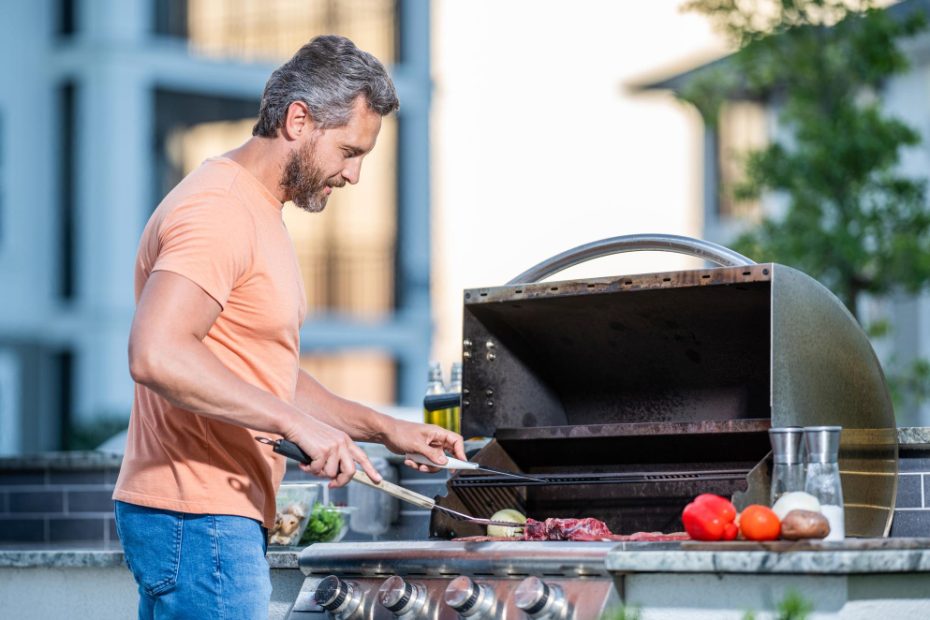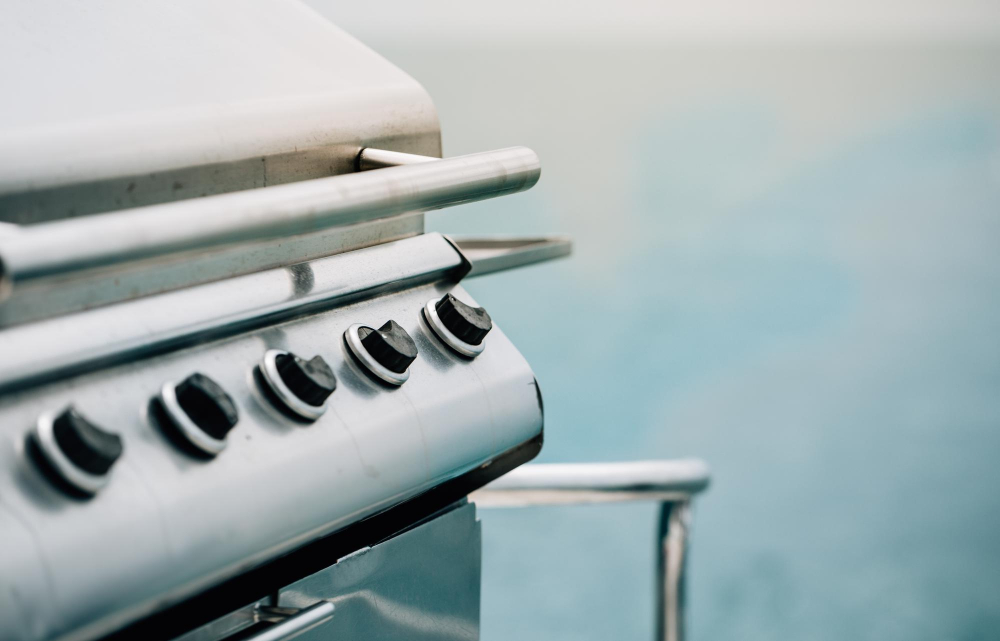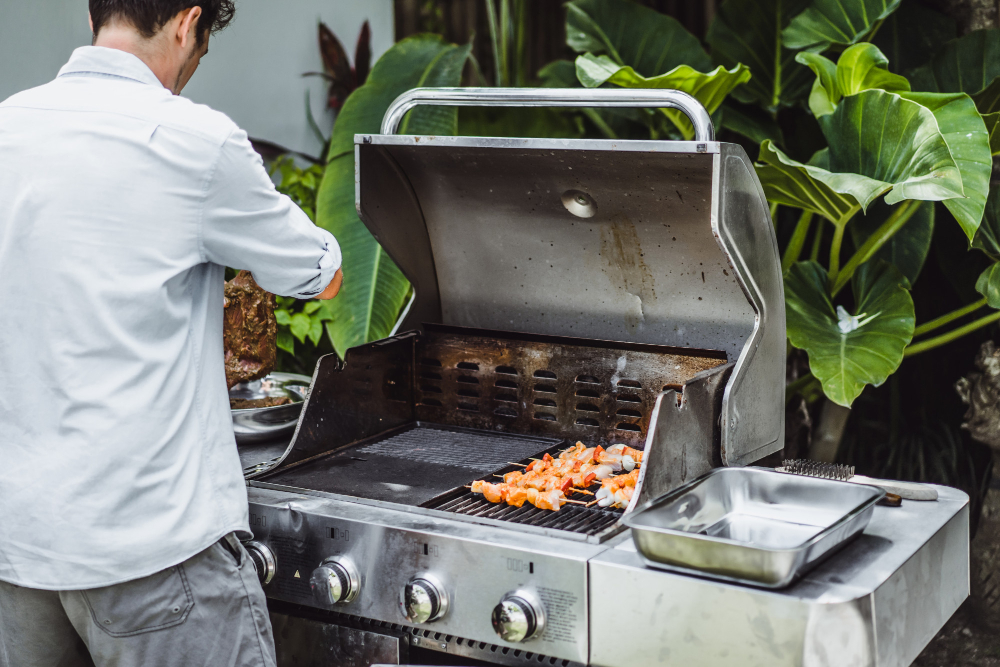What is the first rule of lighting a gas grill?
The Importance of Safety
When it comes to lighting a gas grill, safety should always be the top priority. Gas grills are a popular and convenient option for outdoor cooking, but they also come with certain risks if not handled properly. Understanding the first rule of lighting a gas grill is crucial to ensure a safe and enjoyable grilling experience.
The first rule of lighting a gas grill is to always follow the manufacturer’s instructions. Each grill model may have specific guidelines and safety precautions that need to be followed. These instructions typically include important details such as how to connect the gas supply, how to properly ignite the grill, and what to do in case of emergencies.
Connecting the Gas Supply
Before attempting to light a gas grill, it is important to make sure the gas supply is properly connected. This involves checking for any leaks or damage in the gas hose and ensuring that the gas valve is turned off. It is recommended to inspect the gas hose regularly for wear and tear, as well as to replace it every few years to maintain safety.
To connect the gas supply, follow these steps:
- Make sure the propane tank is securely fastened to the grill.
- Turn the gas valve on the tank to the “open” position.
- Check for any gas leaks by applying a solution of soapy water to the connections. If bubbles appear, there may be a leak, and the grill should not be used until the issue is resolved.
Igniting the Grill Safely
Once the gas supply is properly connected, it’s time to ignite the grill. Here are some important tips to follow for safe ignition:
- Open the grill lid before attempting to light the burners to avoid any build-up of gas.
- Turn the burner control knobs to the “off” position.
- Wait for a few minutes to allow any residual gas to dissipate.
- With the lid still open, turn on the gas supply by slowly opening the valve on the propane tank.
- Follow the manufacturer’s instructions to ignite the burners using either a built-in ignition system or a long-reach lighter designed for grills.
- Once lit, close the lid and allow the grill to preheat to the desired temperature before placing any food on the grates.
The Importance of Regular Maintenance
In addition to following the first rule of lighting a gas grill, it is essential to perform regular maintenance to ensure safety and longevity of your grill. This includes cleaning the grates, inspecting and replacing worn-out parts, and checking for gas leaks.
Remember:
“Safety should always be the top priority when lighting a gas grill. By following the manufacturer’s instructions, properly connecting the gas supply, igniting the grill safely, and performing regular maintenance, you can ensure a safe and enjoyable grilling experience.”
Taking these precautions will not only protect you and your loved ones from potential accidents but will also contribute to better-tasting meals and a longer lifespan for your gas grill. So, remember to prioritize safety and enjoy your outdoor cooking experience to the fullest!
Is it safe to use a gas grill indoors?
Using a gas grill indoors can be extremely dangerous and is not recommended. Gas grills are designed for outdoor use only, as they produce high levels of carbon monoxide, which is a deadly gas if inhaled in large quantities.
The dangers of indoor gas grilling
Gas grills produce carbon monoxide while burning propane or natural gas. When used outdoors, the gas quickly dissipates into the open air. However, when used indoors, the gas can accumulate and pose a significant risk to your health and safety. The enclosed space of your home can trap the carbon monoxide, leading to poisoning and potentially fatal consequences.
Carbon monoxide is a colorless and odorless gas, making it difficult to detect without proper monitoring equipment. Exposure to high levels of carbon monoxide can cause symptoms like headaches, dizziness, nausea, confusion, and even loss of consciousness.
Preventing carbon monoxide poisoning
To ensure the safety of yourself and those around you, it is crucial to follow these guidelines:
- Never use a gas grill indoors, including inside garages, sheds, or tents.
- Always use gas grills in well-ventilated outdoor areas to allow carbon monoxide to disperse safely.
- Install carbon monoxide detectors on every level of your home, especially near sleeping areas.
Outdoor grilling alternatives
If weather conditions prevent you from grilling outdoors, consider alternative cooking methods such as:
- Using an electric grill, which is designed for indoor use and produces no harmful gases.
- Utilizing a stovetop grill pan or skillet for a similar grilled flavor.
- Exploring other indoor cooking techniques like broiling, baking, or pan-searing.
Remember, safety should always be your top priority when it comes to using gas grills. Failure to use them correctly can have severe consequences. Always follow the manufacturer’s instructions and take the necessary precautions to protect yourself and others from carbon monoxide poisoning.
Can you light a gas BBQ with a lighter?
When it comes to lighting a gas BBQ, many people wonder if they can use a lighter instead of the traditional methods like a match or a dedicated BBQ lighter. The answer is yes, you can certainly use a lighter to light your gas BBQ.
Using a lighter to light a gas BBQ
To light your gas BBQ with a lighter, follow these simple steps:
- Make sure the gas supply is turned off.
- Open the lid and locate the burner control knobs.
- Turn the burner control knob to the “ignite” position.
- Hold the flame from the lighter next to the burner.
- Once the flame has ignited, close the lid and allow the BBQ to preheat for a few minutes.
Advantages of using a lighter
Using a lighter to light your gas BBQ has a few advantages:
- Convenience: Lighters are portable and easy to use, making them a convenient option for lighting your gas BBQ.
- Safety: Using a lighter allows you to maintain a safe distance from the flames and reduces the risk of burning yourself.
- Availability: Lighters are readily available and can be found at most convenience stores or supermarkets.
“Using a lighter to light a gas BBQ is a quick and hassle-free method, especially if you don’t have matches or a BBQ lighter on hand.”
Precautions to take
While using a lighter to light your gas BBQ is generally safe, it’s important to take a few precautions:
- Check for leaks: Before lighting your BBQ, always check for any gas leaks. You can do this by applying a soapy water solution to the connections and hoses. If you notice any bubbles forming, there is a leak, and you should address it before proceeding.
- Keep a safe distance: When lighting the BBQ with a lighter, make sure to keep a safe distance from the flames to avoid any accidents or injuries.
- Proper ventilation: Ensure that your BBQ is in a well-ventilated area, preferably outdoors, to prevent the accumulation of any harmful gases.
In conclusion, using a lighter to light a gas BBQ is a viable option and offers convenience, safety, and availability. Just remember to follow the necessary precautions to ensure a safe and enjoyable grilling experience.



